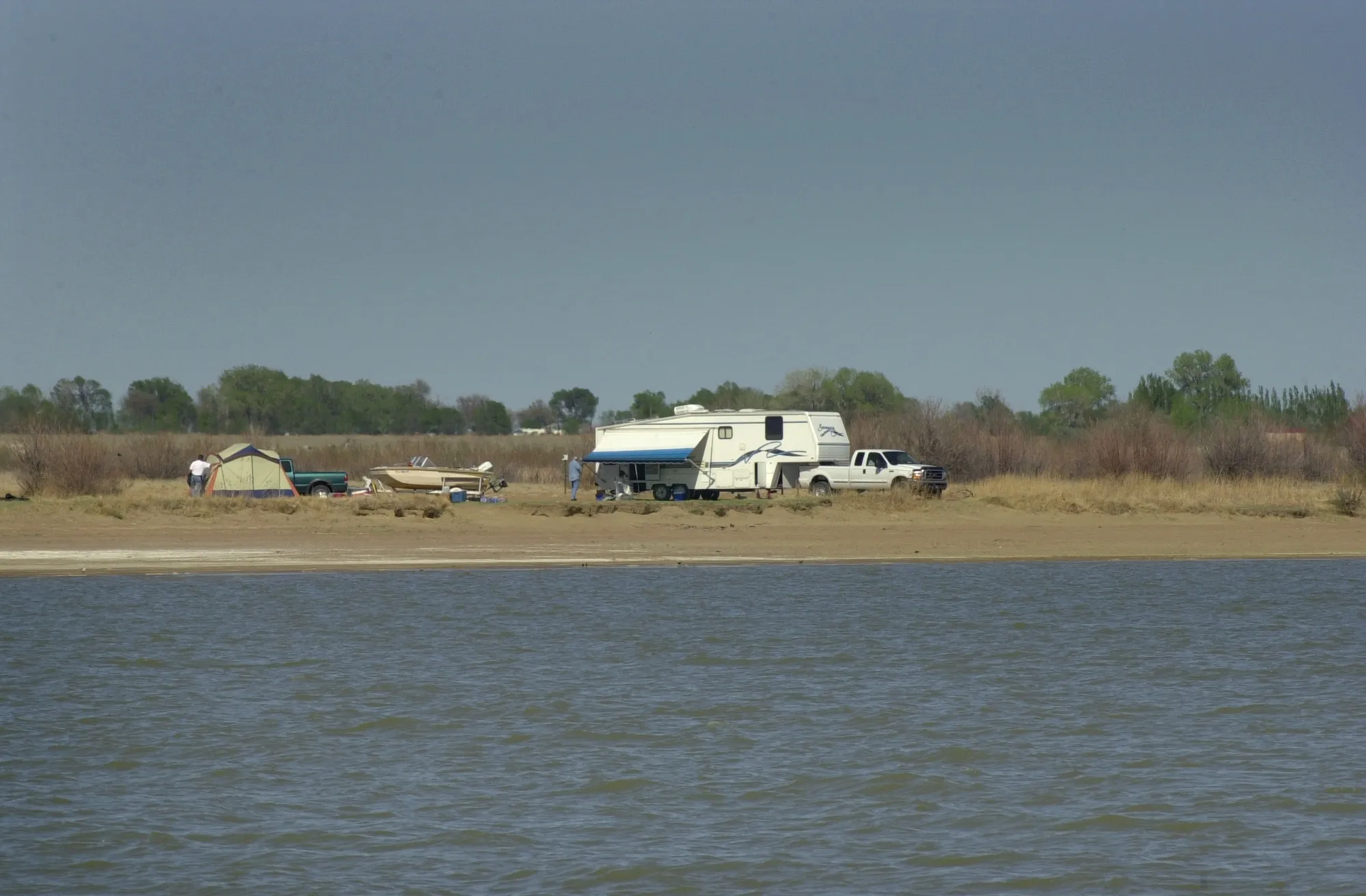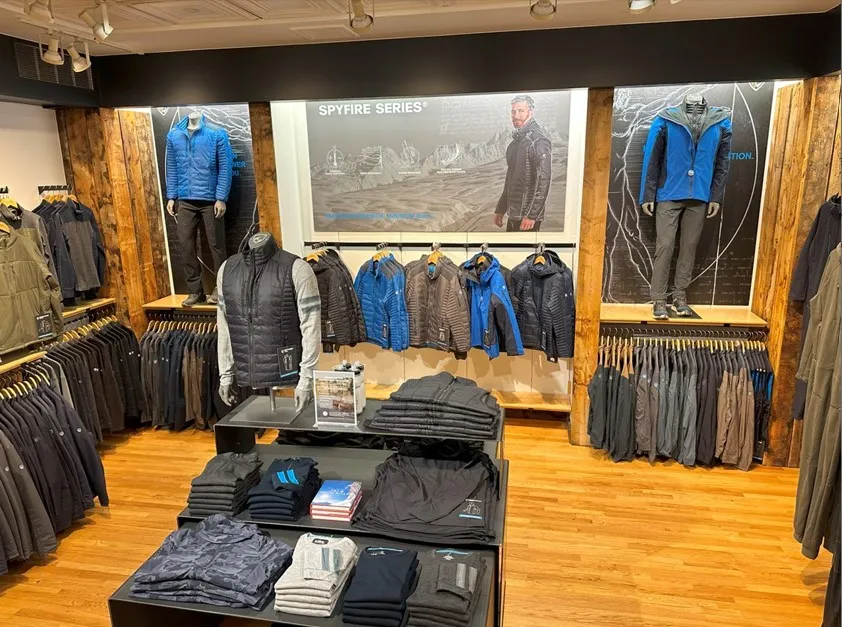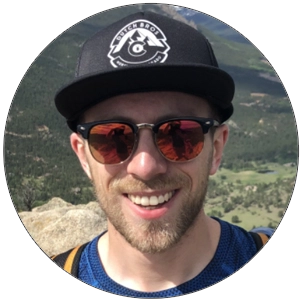Strategies for finding camping sites

During the COVID-19 pandemic, Americans flocked to outdoor recreation in record numbers. According to a study by the Outdoor Industry Association, 53% of people in the U.S. aged 6 and older participated in outdoor activities in 2020, an all-time high. About 7.1 million more people participated in 2020 than in 2019, a year-over-year increase that is also the highest on record. And nearly 16% of all Americans, or about 47.9 million people, went camping in 2020.
Camping in Colorado during the pandemic was defined by reservations filling up months in advance and dispersed camping spots getting as much traffic as a…
THIS ARTICLE IS FOR SUBSCRIBERS ONLY
Continue reading for less than $3 per week!
Get a month of award-winning local business news, trends and insights
Access award-winning content today!



